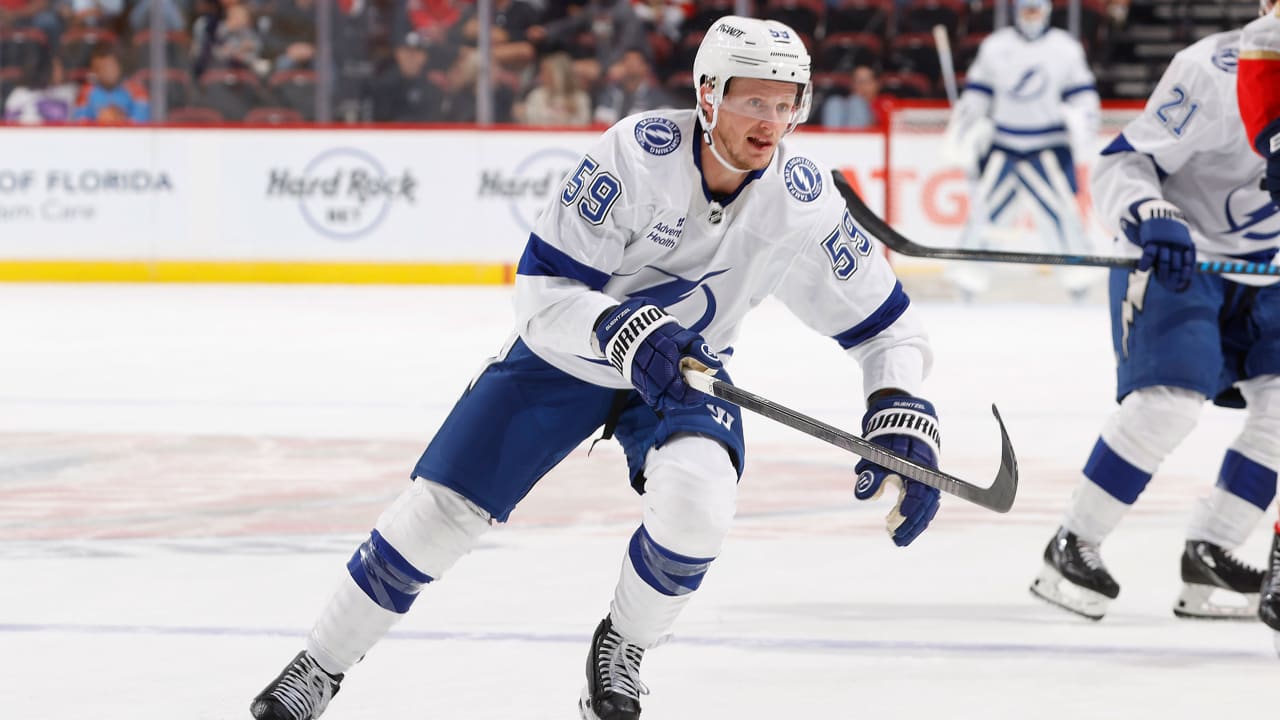Cowboys Make Disturbing Trevon Diggs Concussion Announcement
Dallas Cowboys two-time Pro Bowl cornerback Trevon Diggs was forced to sit out his first game of the season on Sunday — the Cowboys’ 44-22 trouncing of the Washington Commanders — and the reasons why are still not clear. All that has been publicly revealed is that Diggs suffered some kind of “accident” at his home on Thursday evening, and then showed up the following day at the Cowboys’ practice facility exhibiting concussion symptoms.

Diggs was examined by doctors and placed in the NFL’s concussion protocol, and as a result, ruled out of Sunday’s game. On Monday, however, the Cowboys made a new announcement that appeared to only make the seriousness of Diggs’ situation worse.
According to the statement by head coach Brian Schottenheimer, Diggs again came to work on Monday at the Cowboys’ facility only to be examined by doctors again — and sent home again. Schottenheimer said that Diggs remained in the concussion protocol.
Diggs Concussion More Serious Than First Beleieved
That would appear to indicate that whatever happened to Diggs at his home, it did indeed result in a significant concussion. Cowboys owner Jerry Jones said on Monday that he expected Diggs to return for next Sunday’s road game in Denver against the Broncos.
But Jones admitted that his opinion was not based on any medical information.
“I haven’t had a doctor’s report today at all,” Jones told reporters. “But I don’t think the nature of his injuries is something that would impact us for multiple weeks ahead.”
However, given that Diggs is still suffering from symptoms severe enough for him to be sent home, he appears to have at least a mild concussion — an injury that generally takes about two weeks to heal, according to neuropsychologist Dr. Kenneth Podell, director of the Houston Methodist Concussion Center.
“I might say two weeks, or I might say a month, but it’s not uncommon for it to take a few weeks or more to fully recover,” Podell said, as quoted on the Houston Methodist web site.
Diggs Could Miss At Least Two More Games
If the Houston Methodist doctor’s analysis is correct, the Cowboys could expect Diggs to miss Sunday’s game and possibly also their Week Nine Monday Night Football game against the Arizona Cardinals.
But what happened to Diggs? According to the Cowboys owner, Diggs told him the details of what had occurred — but Jones did not believe him.
“He said what happened, and I’m not saying that didn’t happen,” Jones said, as quoted by Heavy.com writer Perry Miller Carpenter. “But a lot of times, you’re not the best viewer of what happened to you.”
But Jones’ statements expressing his belief that Diggs would be back on the field sooner rather than later could signal that the events conveyed by Diggs to Jones were seemingly minor.
According to Podell, however, the force of a blow to the head is not necessarily related to the severity of the concussion that results.
“When it comes to concussion, the really critical factor is how much and how quickly the head twists,” Podell explained, in the Houston Methodist article. “Even a minor blow can cause a concussion if it forces the head to turn rapidly — even just 20 degrees.”
Without a statement from Diggs himself, what caused the concussion remains a mystery, but the question of when Diggs will be back playing cornerback for the Cowboys will only be answered with time.
The 2024–2025 NHL season has offered a compelling case study in roster management, aging curves, and leadership dynamics. Two prominent forwards—Jake Guentzel and Steven Stamkos—have drawn attention not only for their on-ice production but also for the long-term implications of their contracts and roles within their respective teams

The 2024–2025 NHL season has brought renewed scrutiny to the decisions teams make in free agency, especially when it comes to aging stars versus prime contributors. Two players at the center of this conversation are Jake Guentzel and Steven Stamkos. Both were high-profile acquisitions, but their performances and contract values have diverged sharply, raising questions about long-term planning and leadership dynamics.

Jake Guentzel, now 31, has delivered an impressive season with 80 points and a +18 plus/minus rating. His offensive consistency and two-way play have made him a valuable asset, especially considering his age and the fact that he’s still in his prime. Guentzel’s ability to mesh with his new team and contribute immediately has validated the decision to bring him on board. While his seven-year contract carries some risk as he ages, the early returns suggest it was a calculated gamble worth taking.
In contrast, Steven Stamkos, at 35, has struggled to maintain his elite form. With just 53 points and a troubling -36 plus/minus rating, his impact on the ice has diminished. Nashville’s decision to pay him $8 million per year has drawn criticism, especially given the team’s need for younger, faster talent. Stamkos’s decline is not unexpected—most players see a drop-off in production in their mid-30s—but the severity of his defensive liability has been alarming.
However, Stamkos’s value cannot be measured by statistics alone. His leadership during his tenure with the Tampa Bay Lightning was exemplary. As captain, he guided the team through multiple deep playoff runs and was instrumental in fostering a winning culture. Compared to Victor Hedman, who has taken on more leadership responsibilities in Tampa, Stamkos’s presence was more commanding and emotionally resonant. That said, leadership alone cannot justify a hefty contract if the on-ice performance is lacking.
The contrast between Guentzel and Stamkos highlights a broader challenge in NHL roster construction: balancing legacy with present-day value. Guentzel represents a forward-looking investment—someone who can produce now and potentially remain effective for several more seasons. Stamkos, while a legend in his own right, may be better suited for a mentorship role or reduced minutes to preserve his effectiveness.
Ultimately, time will tell whether Guentzel’s seven-year deal proves to be a wise long-term move. If he continues to produce at this level, the contract could be a steal. For Nashville, the hope is that Stamkos’s intangible qualities—leadership, experience, and locker room presence—can offset his declining production. But in a league driven by speed, youth, and analytics, sentimentality rarely wins championships.
In the end, the 2024–2025 season has made one thing clear: Guentzel was a good addition, and Stamkos, while still respected, may no longer be the player who can carry a team. The numbers speak volumes, and the future will reveal whether these contracts were strokes of genius or cautionary tales.




